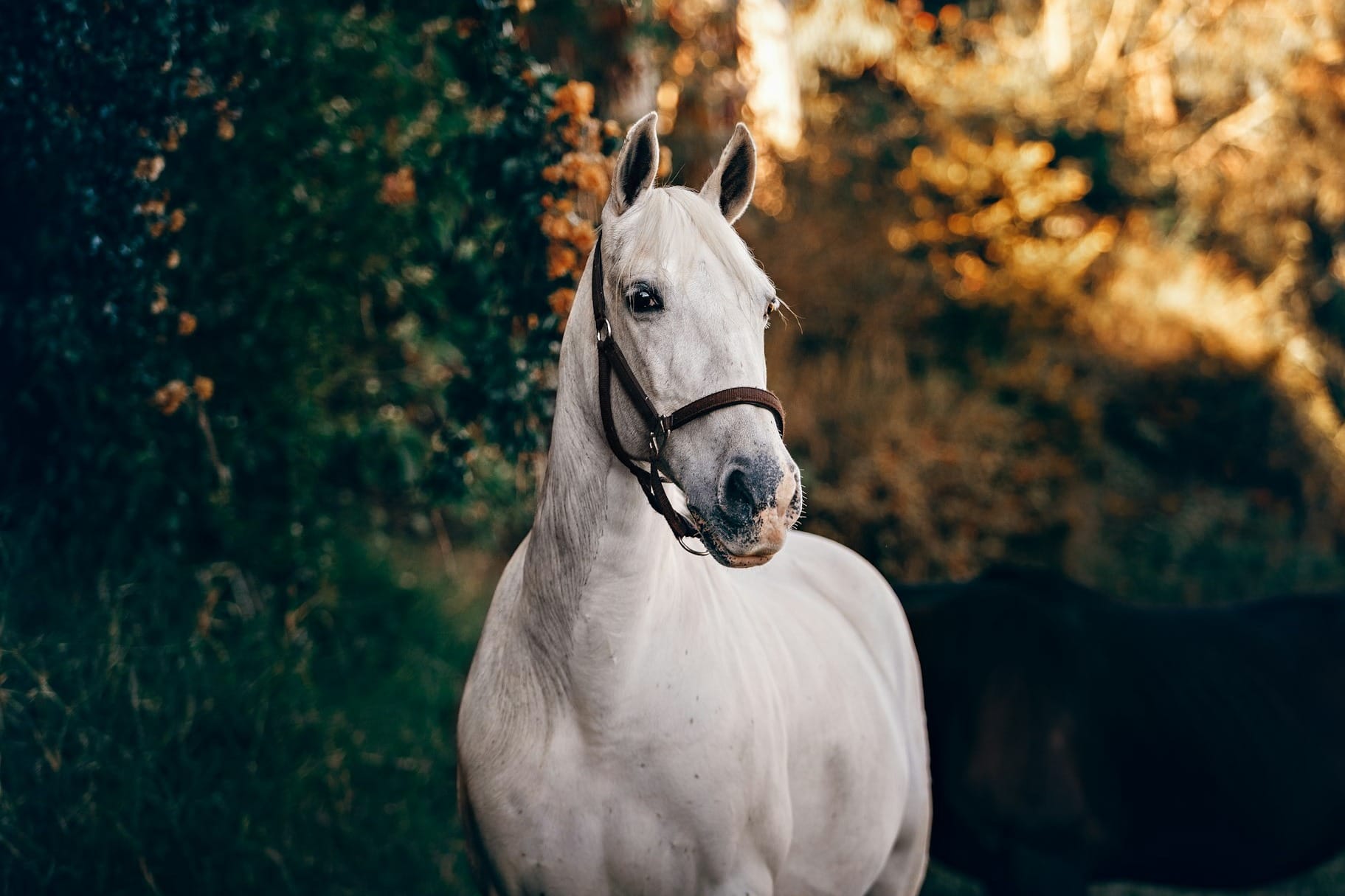Cracking the Code: How to Read Your Horse’s Body Language
Your horse is always talking. From ear flicks to tail swishes, learning to read body language helps you build trust, improve safety, and turn every ride into a true partnership. It’s not magic, just good listening.

Horses may not speak our language, but they are always communicating. Every flick of an ear, swish of a tail, or shift in posture has meaning. The better we become at reading these signals, the stronger our connection with our horses becomes. Great trainers often look like mind readers, but in truth, they are simply tuned in to subtle cues. The good news is, anyone can learn to understand equine body language. With patience and practice, you can begin to recognize what your horse is saying long before a spook, bite, or kick ever happens.
The Language of Ears
Ears are the easiest place to start because they are so expressive. Most riders learn the basics quickly: ears pricked forward show interest, ears pinned flat against the neck signal anger. But there is much more nuance if you look closer.
When ears flop gently to the side, your horse is relaxed, maybe even drifting toward sleep. Approach quietly, as startling him in this state can provoke a defensive reaction. Ears turned back but not pinned show he is listening to something behind him. Pair that with a tense body or swishing tail and it may mean he is deciding whether to spin or bolt. Rapidly swiveling ears are a red flag for anxiety, as he is bombarded by sounds or unsure where a threat may be coming from. By learning these smaller distinctions, you can gauge not only your horse’s mood but also what is drawing his attention at any moment.
Head and Neck Position
The way a horse carries his head tells a story. A low, dropped head usually means relaxation, especially when paired with soft eyes and slack lips. Horses in this posture are often calm, dozing, or in a trusting state under saddle.
An elevated head is the opposite. When your horse raises his head high, he is focused on something in the distance, weighing whether to flee, investigate, or ignore it. While riding, this often means he is distracted and not tuned in to you. Raised head carriage can also be a sign of pain, particularly if it comes with pinned ears or a hollow back.
Subtle head motions matter too. Snaking the head forward and side to side often shows aggression, especially in herd dynamics. A horse that stretches his neck and tilts his head may simply be curious or trying to get a better look at something.
Eyes: Windows to the Mind
The eyes reveal emotion as clearly in horses as they do in people. A soft, half-lidded eye shows relaxation. Wide eyes with visible white are a warning of fear or surprise.
Watch for tension in the muscles around the eye. A horse who is nervous or in discomfort may have a hard, tight expression, even if the rest of his body looks still. Rapid blinking or frequent changes in focus can also indicate stress. Learning to notice these subtle signs can help you address problems before they escalate.
Mouth and Lips
Your horse’s mouth is another key part of his emotional expression. A relaxed horse will often let his lower lip droop slightly, especially when dozing. Chewing without food or softly licking and chewing after a stressful moment often signals that he is releasing tension.
Clamped jaws, grinding teeth, or chomping at the bit can indicate discomfort, stress, or resistance. In foals, a unique gesture called “clacking”—rapidly opening and closing the mouth with lips pulled back—shows submission to older horses. Recognizing when tension starts to show around the mouth can give you a chance to adjust training or tack before it turns into bigger resistance.
The Tale of the Tail
Few signals are as obvious as the tail. A swishing tail can mean irritation, whether from flies or frustration with the rider. A tail clamped tightly against the hindquarters is often a sign of fear or discomfort. Carried high, especially in young or excited horses, it shows playfulness and energy.
Because tail carriage can vary by breed, it helps to know what is normal for your horse. An Arab may naturally carry a higher tail, while a stock horse might not. Look for changes from their baseline rather than absolute positions.
Posture and Movement
The entire body speaks volumes. A relaxed horse stands squarely, weight evenly distributed, with a soft topline. A tense horse may stiffen, hollow his back, or shift weight nervously. Pawing, stamping, or restlessly moving feet usually indicates impatience or anxiety.
Pay attention to how your horse stands. A cocked hind leg with ears and eyes relaxed often shows he is resting. The same leg cocked with pinned ears can mean irritation or a warning of a coming kick. Context is everything, and learning to read combinations of signals is the key to understanding.
Putting It All Together
Body language is most powerful when viewed as a whole. Ears back alone might mean nothing more than listening behind, but ears back combined with tight lips and a swishing tail spell irritation. A raised head could signal curiosity, but paired with wide eyes and tense muscles it likely means fear.
By practicing observation, you start to see patterns. You learn your horse’s “normal,” which makes it easier to notice when something is off. This is not only useful for training and safety, but also for catching early signs of illness or discomfort.
Why It Matters
Understanding body language builds trust. Horses feel safer with handlers who notice and respond to their signals. If your horse shows anxiety and you acknowledge it—by giving him space, redirecting his focus, or calmly reassuring him—he learns that you are listening. That trust carries over into all aspects of your relationship.
It also keeps you safer. Recognizing the warning signs of a spook, kick, or bolt gives you time to react. Instead of being surprised, you are prepared, which can make the difference between a smooth ride and an accident.
Final Thoughts
Horses are always speaking, even in silence. Every flick of an ear, glance of an eye, or shift of a hoof is part of their conversation. Learning this language takes patience, but the reward is a deeper bond, clearer communication, and safer handling.
At TurnoutHQ, we believe that horsemanship is about partnership, not dominance. Understanding equine body language is one of the most powerful tools in creating that partnership. The more you learn to listen to your horse’s unspoken words, the more he will trust you, and the more harmonious your rides will be.

